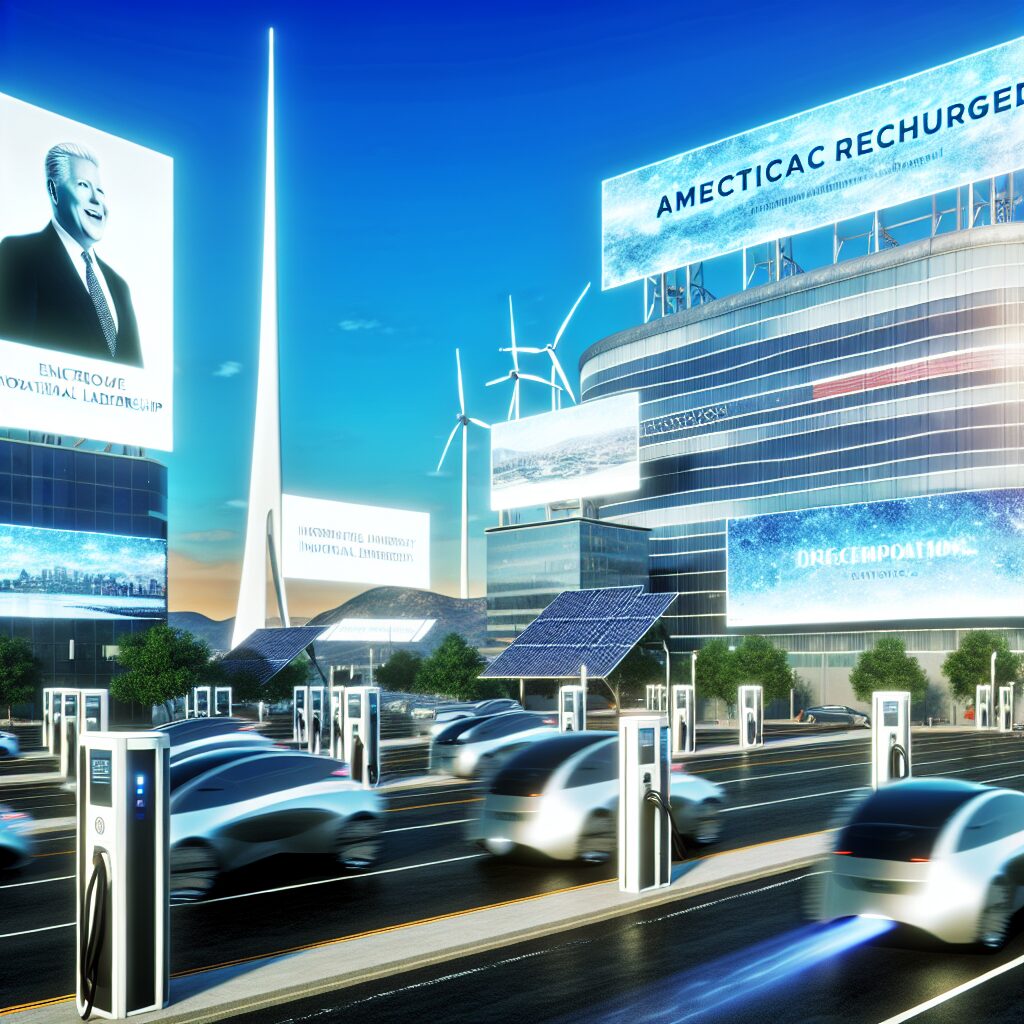Trump’s Plan to Overhaul Electric Mobility Policy in the USA
The conversation around electric mobility has gained significant momentum over the past few years. As the world moves towards more sustainable transportation solutions, the United States finds itself at a crossroads. Former President Donald Trump has announced plans to significantly alter the country’s electric mobility policy. This development has sparked discussions on what these changes could mean for the industry, the environment, and the economy.
Background on Electric Mobility in the USA
Electric vehicles (EVs) have been at the forefront of the push for cleaner transportation. The U.S. government has previously implemented policies to support the growth of this sector, including tax incentives for EV buyers and funding for charging infrastructure. These measures have been pivotal in encouraging both manufacturers and consumers to invest in electric mobility.
However, the sector still faces challenges such as high production costs, limited charging stations, and consumer skepticism. Addressing these issues is crucial for the sustained growth of electric mobility in the USA.
Key Elements of Trump’s Proposed Policy Changes
Trump’s plan to overhaul the electric mobility policy involves several key components aimed at reshaping the current landscape. Here are some of the main elements:
- Revision of Tax Incentives: The proposal includes a reevaluation of existing tax incentives for electric vehicle buyers. The aim is to make these incentives more effective and accessible to a broader range of consumers.
- Infrastructure Investment: A significant portion of the plan focuses on enhancing the EV charging infrastructure across the country. This includes increasing the number of charging stations and improving their accessibility.
- Encouragement of Domestic Production: The policy aims to boost domestic production of electric vehicles and their components. This is expected to generate jobs and reduce dependency on foreign manufacturers.
- Research and Development Support: Increased funding for research and development in electric mobility technologies is another crucial aspect. This includes support for innovation in battery technology and sustainable manufacturing processes.
Potential Implications for the Industry
The proposed changes could have wide-ranging implications for various stakeholders in the electric mobility sector. For manufacturers, the emphasis on domestic production might lead to increased investment in local facilities and workforce development. This could potentially drive down costs and make EVs more competitive with traditional vehicles.
For consumers, improved infrastructure and revised tax incentives could make electric vehicles a more attractive option. Enhanced charging networks would address one of the main concerns—range anxiety—making EVs a viable choice for a larger segment of the population.
Environmental groups are likely to scrutinize the plan to ensure that it aligns with sustainability goals. While increased EV adoption is generally seen as a positive step for reducing emissions, the methods of production and energy sourcing remain critical factors in evaluating the overall environmental impact.
Challenges and Considerations
Implementing such a comprehensive policy overhaul is not without its challenges. One of the main hurdles is securing bipartisan support. Given the polarized political climate, reaching a consensus on the proposed changes could prove difficult.
Funding is another critical consideration. The ambitious plans for infrastructure and research investment require substantial financial resources. Identifying sustainable funding sources will be essential for the successful execution of the policy.
The transition to a more EV-centric transportation system also raises questions about the existing automotive workforce. Retraining programs and support for workers transitioning from traditional automotive roles to those in the electric vehicle sector will be crucial.
Looking Ahead
Trump’s plan to overhaul electric mobility policy in the USA represents a significant shift in the nation’s approach to transportation and energy. As the details of the policy are debated and refined, stakeholders across the industry will be watching closely to understand how these changes will unfold.
The potential benefits of a more robust electric mobility infrastructure are clear, from environmental gains to economic opportunities. However, realizing these benefits will require careful planning, collaboration, and a commitment to addressing the challenges head-on.
The coming months will be pivotal in shaping the future of electric mobility in the United States. As the nation navigates this transition, the outcomes of these policy changes will likely have lasting impacts on both the domestic and global stages.
Source
USA: Trump set to overhaul electric mobility policy enormously

